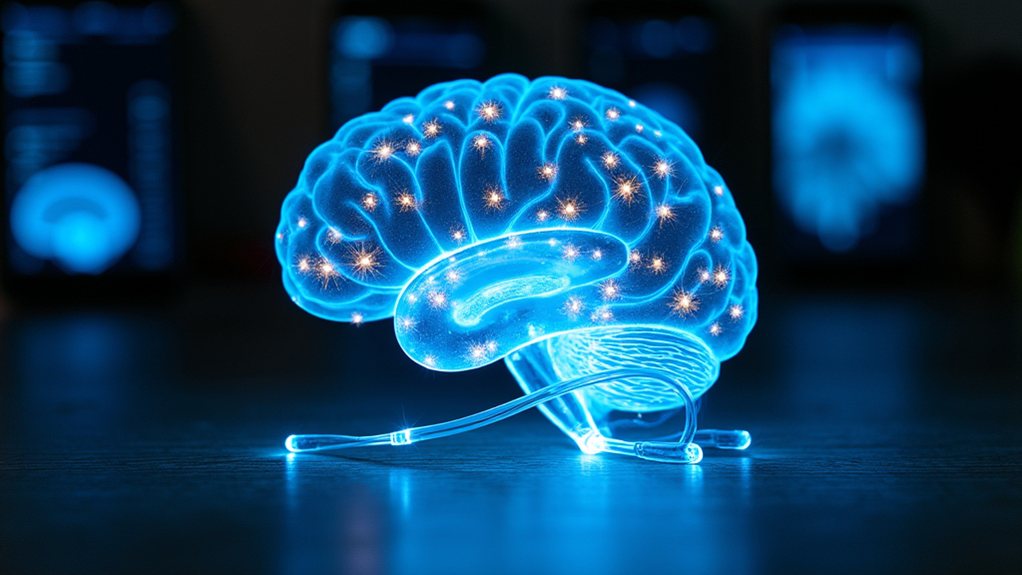Effective AI data preparation follows a systematic approach: clean by handling missing values and outliers, transform through normalization and encoding, organize with structured frameworks, and validate with quality checkpoints. Think of it as Marie Kondo-ing your dataset—does this feature spark joy (or predictive value)? Tools like Pandas and NumPy can automate much of this process. Remember, even the fanciest algorithms can’t save garbage data. Proper prep makes the difference between AI brilliance and expensive digital paperweights.
Garbage in, garbage out. This old computing adage has never been more relevant than in the AI era, where models are only as good as the data they’re trained on. Think of data preparation as the unglamorous kitchen prep work before the fancy cooking begins—nobody Instagrams it, but it’s what separates a five-star meal from food poisoning.
High-quality data collection forms the foundation of any successful AI implementation. Sources range from traditional databases to APIs, sensors, and cloud platforms. When real data is scarce or sensitive, synthetic data can step in like a stunt double—not quite the real thing, but gets the job done without anyone breaking an arm. Implementing data governance frameworks ensures compliance while maintaining dataset integrity throughout the collection process.
The foundation of AI greatness isn’t algorithms—it’s pristine data collected before the real magic even begins.
Once collected, data cleaning enters the chat. This often tedious process involves handling missing values (hello, imputation methods), removing outliers (those statistical party crashers), and ensuring consistency across formats. If you’ve ever spent hours standardizing dates from MM/DD/YYYY to YYYY-MM-DD formats, you’re in the data cleaning trenches. It’s not glamorous, but it’s necessary. Inadequate cleaning can significantly impact your marketing strategies due to distorted model predictions that fail to capture real consumer behavior.
Transformation comes next—normalizing and standardizing your data so algorithms don’t throw tantrums. Converting categorical variables through encoding techniques like one-hot encoding (turning “red,” “blue,” “green” into computer-friendly digits) is essential for machine learning models that prefer numbers to words. Regular analysis of datasets helps identify and mitigate potential biases that could compromise the fairness and effectiveness of AI systems.
Structured data needs organization—think of it as Marie Kondo for your datasets. Feature engineering creates new variables that spark joy in your model’s performance metrics. Meanwhile, data reduction techniques like deduplication and dimensionality reduction prevent your model from drowning in redundant information.
Before feeding your now-pristine data to hungry AI models, validation acts as the final quality checkpoint. Through automated rules and data splits, you’re ensuring your model isn’t learning biases or patterns that exist only in your particular dataset.
The good news? Tools like Pandas, NumPy, and cloud platforms can automate much of this process, turning what was once a data cleaning marathon into something closer to a brisk jog.









